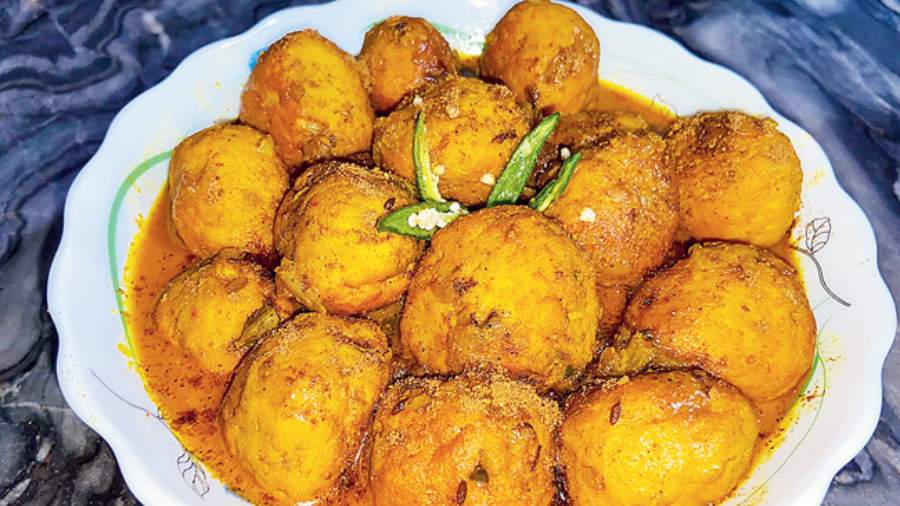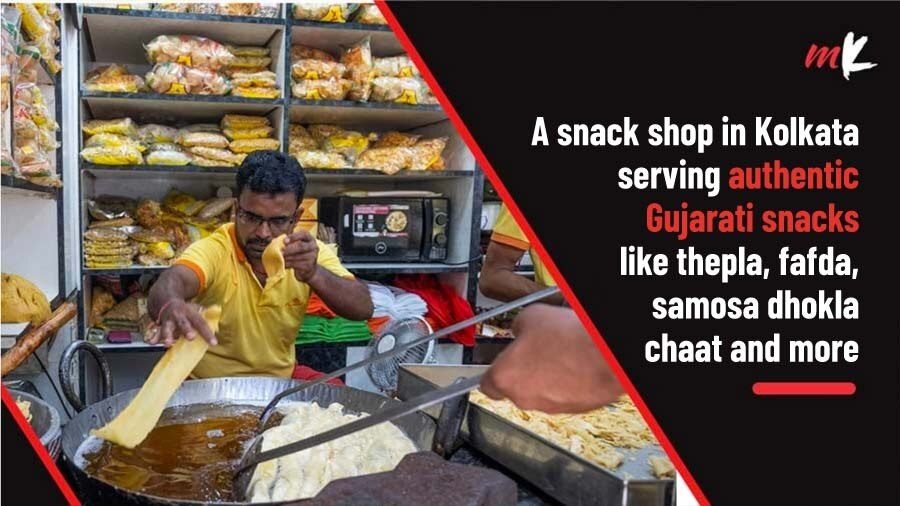We will be celebrating our momentous 75th Independence Day tomorrow with unprecedented grandeur, pride and gaiety. This year, there is a seemingly intense excitement among the populace at large, especially since apart from being the 75th anniversary of our Independence, it will also be the most grandly observed national holiday in the last two years since during that period we were fighting another battle, one that some referred to as the second battle for independence, the battle to defeat another foreign occupier — the cruel and cunning coronavirus — to come out unscathed, stronger and rid ourselves of the virus once and for all, just as we did the Brits.
The British, as we all know, ruled India for almost two centuries and had an overwhelming impact on the economic, political and social structure of the country. No facet of the life of ordinary Indians remained untouched or unaffected by the British rule and the impact, good or bad, is being felt even to this day.
Apart from the overall impact on the culture of the country, the British also introduced many culinary novelties and, in time, an entirely new cuisine was developed, which we now know as the Anglo-Indian cuisine. It can be said, without a shred of culinary doubt, that British cuisine is not something that chefs, in general, draw great inspiration from, and by and large, there are a precious few British dishes that can be said to have gained much culinary popularity globally.
I mean, even the CTM (Chicken Tikka Masala), a curry, often referred to as ‘Britain’s true national dish’, is itself a culinary gift from the subcontinent to the otherwise uninspiring British fare.
Let us discuss in this column, the culinary contributions of the British Raj and see that while they took away most of whatever precious we owned, but left us with some food contraptions that we still build a majority of our contemporary cuisine around.
The British took away the Kohinoor and gave us the club sandwich. It has to be said, that our city, Kolkata, being the capital of British India for almost 140 years and being the seat of colonial control, came in closest touch with the food traditions of the then rulers and was most impacted by the Western culture in general and the food culture in particular. There are still many Kolkata institutions that were established in the ‘British times’ and continue to hold on to those traditions.
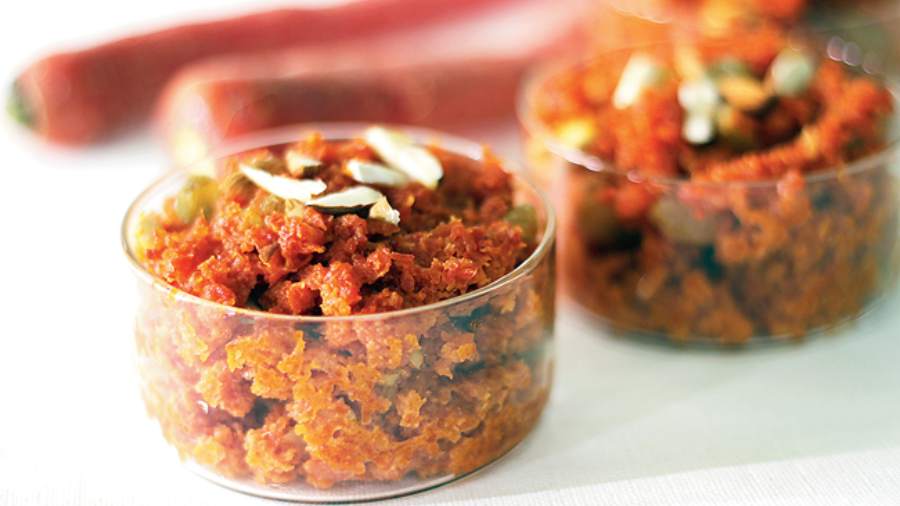
Gajar ka halwa
The ingredients
It will probably need to be taken with a pinch of Cheshire salt, but an overwhelmingly large number of ‘authentic’ Indian food that we swear by today, be it the luscious dum aloo, the humble khichri, the tomato chutney, the quintessential gajar halwa or even the ultimate comfort food, the sandwich, simply did not exist before the British arrived in the country.
The reason is simple, we in India neither had seen the potato (which was brought by the Portuguese but the British helped popularise it), nor the tomato, nor the cauliflower, not even the orange carrot that the British brought into this country and completely changed the way we ate ever since. It can’t be emphasised enough that many of these ingredients went on to create dishes that define Indian cuisine the way we see it today.
In an interesting article in one of the leading national newspapers I read recently, it has been claimed that more than one-third of the food that we eat today is not native to India. While the Indian subcontinent is known to have cultivated rice, millets, and some tuberous vegetables such as yams, pulses, sugarcane, bananas and mangoes, most of the vegetables that we use as staples today were imported into the country.
So, we, the self-proclaimed solemn purveyors of the ‘hot and spicy’ hadn’t even met before colonisation the heat-inducing chilli that came from Mexico along with beans and papaya, nor had our tadkas had their thing going since the mustard was brought in from the Mediterranean and the garlic from Central Asia!
The Staff of Life
For the urban dweller of today, across the country, it is unimaginable to think about the morning breakfast without the humble loaf. Although the Portuguese have been credited with bringing the bread, or the pao as they called it, to India, it was the British that truly popularised it throughout the country and began the process of producing it in bulk to cater to the increasing domestic demand.
In that sense, the bread was a gift from the British to India and it completely changed the way urban Indian ate breakfast. Like most other British culinary imports which didn’t make a big difference in the cuisine of the people from the poorer classes but had a tremendous impact on the newly minted, educated middle and upper middle classes, the bread just took the country by storm and, to this day, remains one of the most popular staples in our cities and now even the towns.
So much so that the ‘double roti’ also was used in many domestic dishes such as the bread pakora or the double ka meetha; even truly Indian concoctions such as the bread omelette and pao bhaji, that took the humble bread loaf to another culinary pinnacle as a truly versatile food ingredient.
The Full English
Look around, any respectable hotel or restaurant worth its bacon is serving the full English on its buffets, table d’hôte and a la carte alongside the dosas, bhaturas and parathas. As a matter of fact, the egg-bread-sausage-bacon-baked beans have become such a part and parcel of our everyday lives that it is impossible to delink the breakfast spreads of commercial food service establishments or even the dining table of urban Indian, especially in the larger towns and cities.
So much so, the entire concept of breakfast is also a British import to the country, since there is no equivalent word in Indian languages and almost all Indians, predominantly agrarian, used to eat only two meals a day.
We at Flurys serve Full English Breakfast along with various other continental breakfast dishes all day and they are among our most popular dishes in Kolkata and Mumbai. As the country becomes more and more urbanised, European breakfasts are gaining vast popularity for all meal periods.
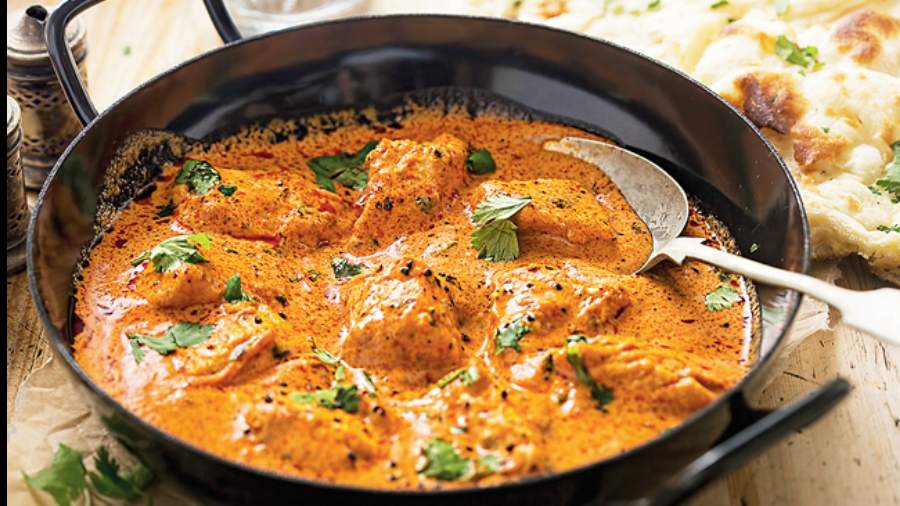
Curry might actually have been concocted in Queen Victoria’s kitchens
Curry Favours
So the curry, the most basic Indian culinary component, the everyday meal for almost everybody, is well, a British invention and we should find ways to make peace with that. It will be easier for us to accept this fact if we consider that the word ‘curry’ is alien to any of the thousands of Indian languages and dialects and is not used to describe any of the traditional food dishes — think about that.
It is said that Queen Victoria herself was a great connoisseur of the curry and Indian chefs were hired to make curries for her every day. So, in many ways, it was the ‘royal’ dish that the British introduced to India, using Indian ingredients, expertise and labour and made it their own.
Well, they did it for almost everything else too. So, if you’re in Birmingham, ‘going out for a curry’ meant going to an Indian restaurant and if you travel to the US, most Indian eateries are called curry houses and most Indian gravies are simply called curries.
While the word curry is said to have a South Indian origin, the curry itself is more of a British concept of a ‘spiced sauce’ than an intricate flavourful base that the Indian gravies are. Similarly, the curry powder is also a British construct to pre-prepare a balanced mix of the many spices that went into making a curry and to tone it down a bit so that it is palatable to their mild palates.

The subcontinent has adapted the idea of the sandwich to create a variety of items like the vada pao
Chai
We all swear by our morning cuppa but it’s impossible to imagine today that we live in the world’s largest consumer country of tea and yet it was brought to us by the British. In India, there was no concept of tea drinking before the mid-1800s when the British thought it could be a profitable venture to establish some tea gardens and introduce tea as a beverage to the Indians.
The British themselves were quite fond of tea and wanted to overthrow the Chinese monopoly on the tea trade since they found out that the Indian climate was extremely conducive and the soil perfect for growing tea.
The tea was paired with the biscuit, another import of British India and even to this day millions of Indians start their day with ‘chai-biskoot’. I am not aware if we have thanked the crown enough for this one, since what would we be if not for the kadak chai and the khari puff being by our sides on winter mornings.
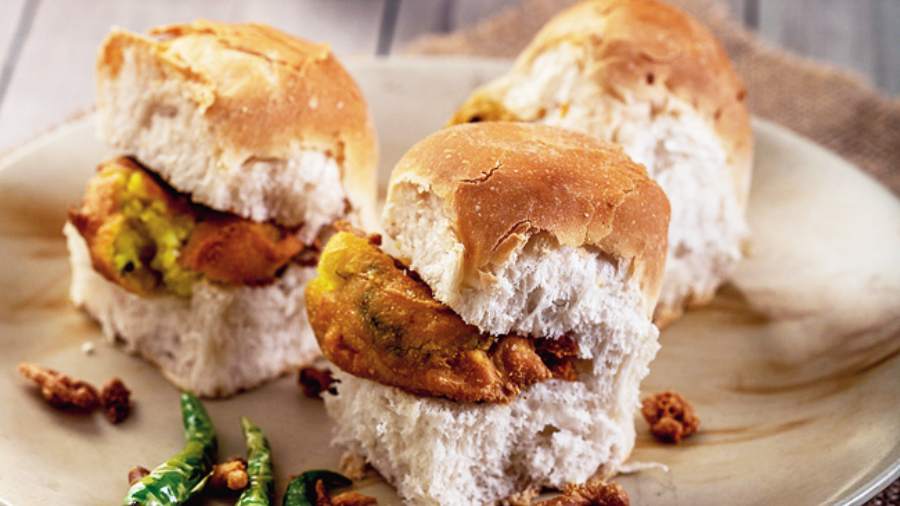
The bread or pao brought in by Europeans has been adapted in many dishes like pao bhaji.
The Sandwich
While at tea, how can we miss the humble accompaniment to the all chic and fashionable ‘afternoon tea’ — the delightful sandwich. A significant historical figure in the Britisher’s culinary contribution to the world was the British aristocrat John Montagu, the 4th Earl of Sandwich, a small town in Kent, UK, who popularised the ‘bread and a filling’ innovation to a level where it is today among the most-eaten dishes in the world.
To put things in context, Americans alone eat more than 300 million sandwiches a day, almost equal to their whole population! In India, sandwiches made a significant impact on the local food offering, notably snack-time foods and especially in the larger towns. Many parts of India have since doubled down on the Earl’s invention and created unusual combinations of the sandwich.
The iconic vada pao of Mumbai, the sev-spiked dabeli of Gujarat, the ultra spicy chutney sandwiches of Delhi, and the bread pakora of Punjab are some of the examples of Indian culinary intellect married to a truly pathbreaking global snack. We at Flurys have our own wide range of heritage and modern sandwiches that are among the most sold dish across our 70-plus outlets.
Vikas Kumar is the director food production of Flurys. You can reach himat vkumar@flurys.com
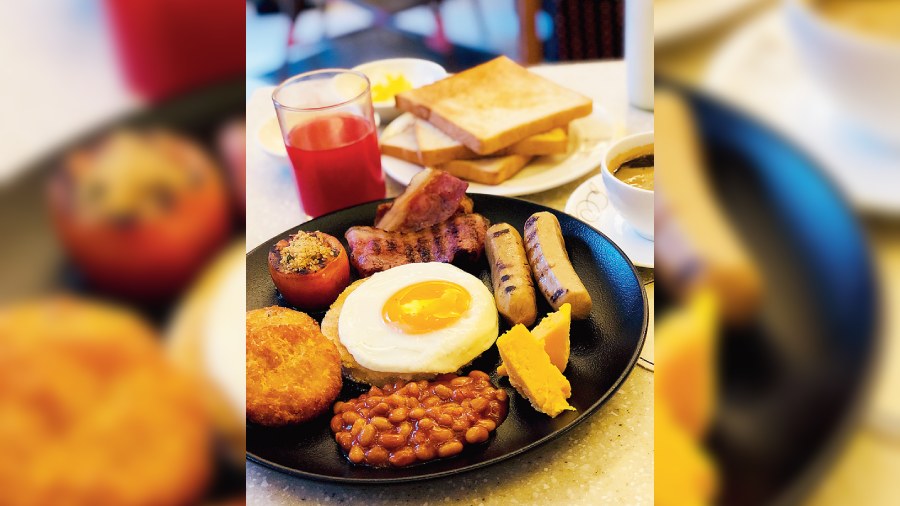
The Full English
Although the English breakfast is an assembly of many different food items and ingredients, some of which are just re-heated, it can be conveniently said that the whole of the dish is way more than the sum of its parts. Since there is nothing more British than the English breakfast, I am giving out the recipe, or should I say the assembly instructions of the same. It might seem a lot and slightly deviant from the original, but then if the Brits taught us anything, it is that we can do what they did, only way better.
INGREDIENTS
- Bread Slices: 2
- Whole Eggs: 1
- Sausages (pork preferred, but any): 2
- Fresh tomatoes: 1
- Bacon slices: 2
- Baked Beans in the sauce: 50g
- Mushrooms: 50g
- Cheese slice (English Cheddar is preferred): 1
- Fresh Juice of choice: 200ml
- Freshly brewed tea: to serve
#For hash browns
- Potatoes (peeled and grated): 200g
- Egg :1
- Flour: 25g
- Onion (finely chopped) : 25g
- Parsley (finely chopped): 5g
- Salt & Pepper: To taste
METHOD AND ASSEMBLY
First, prepare the hot dishes.
Saute the mushrooms with some garlic, salt and pepper, and keep warm.
Saute some chopped leek, celery, carrot and garlic in butter, add the baked beans in sauce and cook briefly, keep warm.
Grill the sausages and bacon together, the bacon fat will be enough to moisten the sausages.
Cut the tomato in half, sprinkle some salt and pepper and grill in a very hot pan until charred.
Fry the egg single side.
For the hash brown, mix the grated and squeezed potato with the egg, flour, salt and pepper and make small patties, shallow-fry in hot oil until cooked through and crispy.
To assemble, lay out all the above dishes on a single plate, don’t worry if there is some overlapping, it’s meant to be eaten together.
Serve with hot toast, butter, fresh juice and tea of choice.
